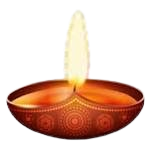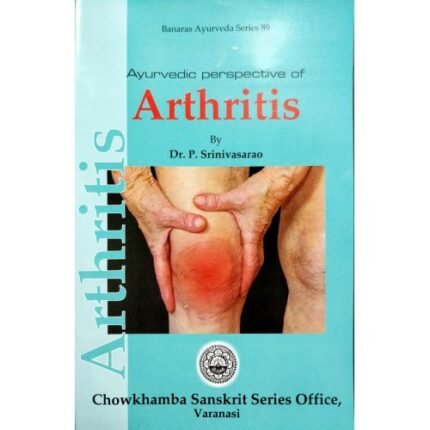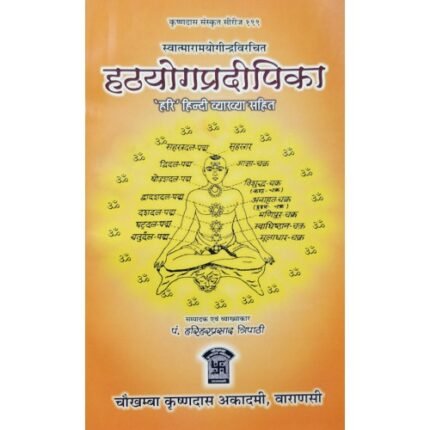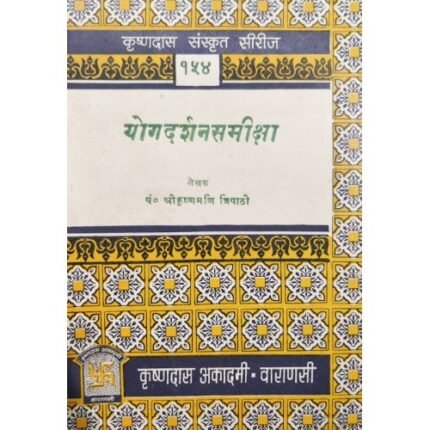Clinical Anatomy in Ayurveda refers to the study and application of anatomical knowledge within the context of Ayurvedic medicine. While Ayurveda traditionally focuses more on functional aspects (physiology) rather than detailed anatomical structures, understanding clinical anatomy plays a crucial role in modern interpretations and applications of Ayurvedic principles, especially in diagnostic and therapeutic practices.
Key Aspects of Clinical Anatomy in Ayurveda:
- Integration with Ayurvedic Principles:
- Dosha-Site Relationship: Understanding the localization of doshas (Vata, Pitta, Kapha) within anatomical structures helps in diagnosing and treating diseases according to Ayurvedic principles.
- Marma Points: Knowledge of anatomical locations of Marma points (vital points) used in Ayurvedic therapies and treatments, analogous to acupuncture points in traditional Chinese medicine.









 Vastu shastra
Vastu shastra Geeta press
Geeta press















Reviews
Clear filtersThere are no reviews yet.